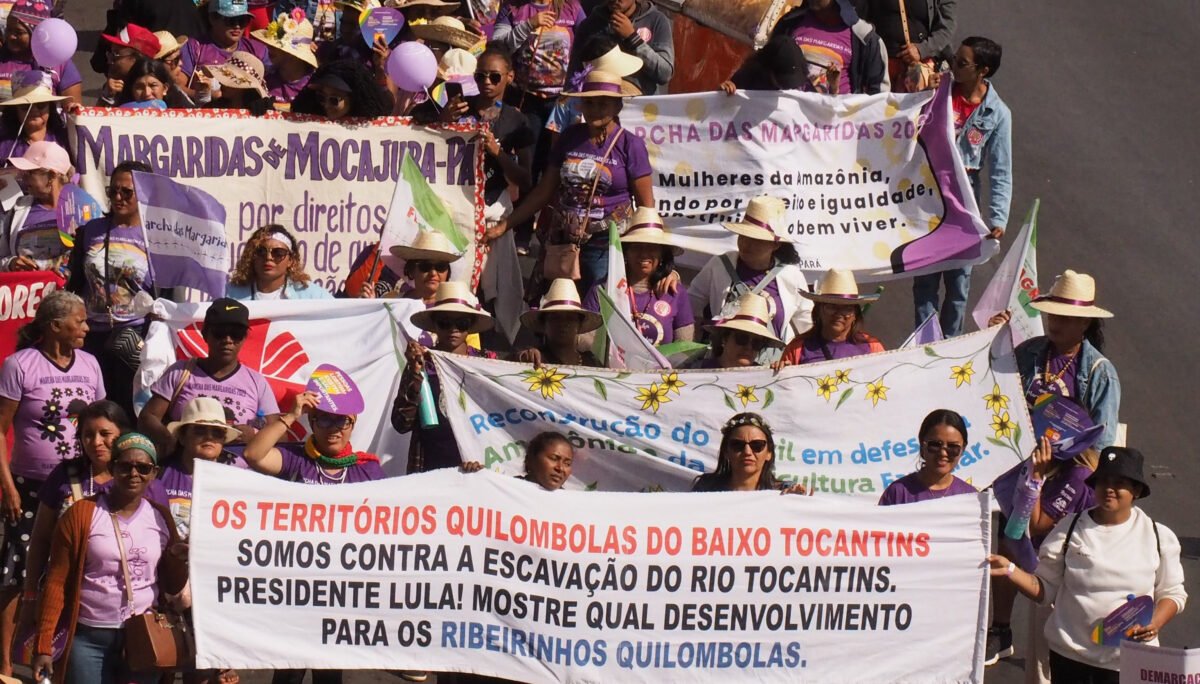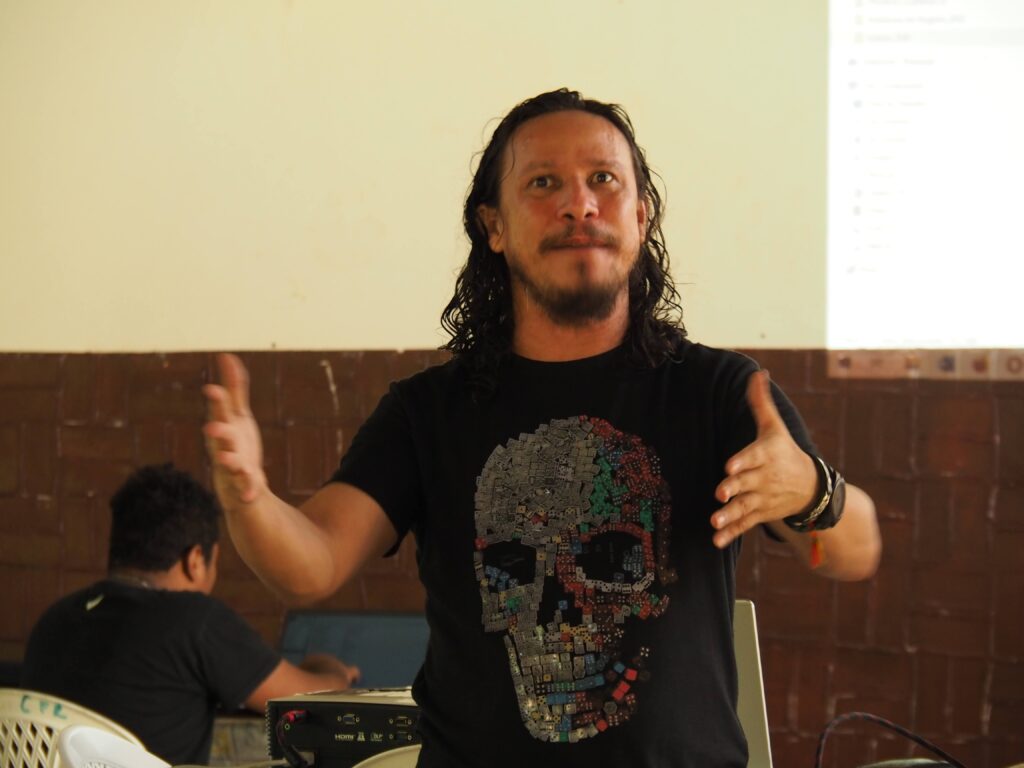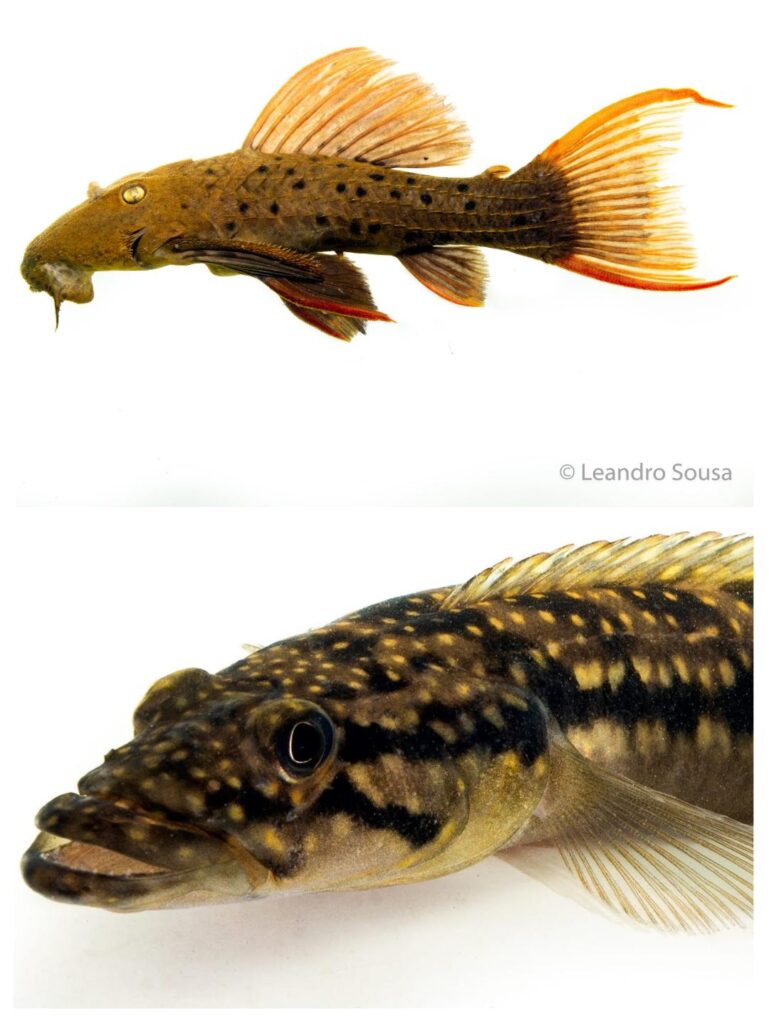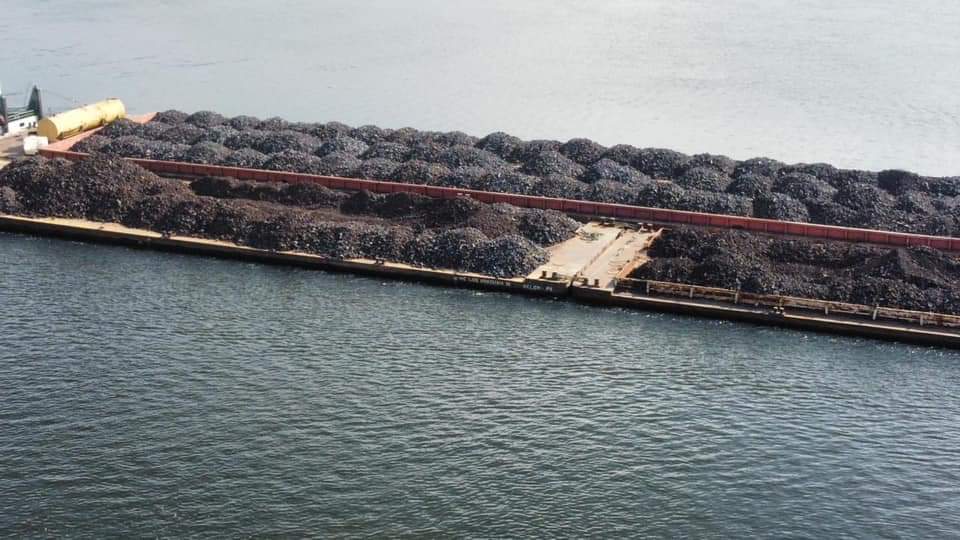This story excerpt was translated from Portuguese. To read the original story in full, visit InfoAmazonia. You may also view the original story on the Rainforest Journalism Fund website. Our website is available in English, Spanish, bahasa Indonesia, French, and Portuguese.

Without an adequate study of the impacts and risks brought about by DNIT's plans to build the Tocantins-Araguaia waterway, communities and scientists warn of the destruction of 35 kilometers of the largest fish nursery upstream of the Tucuruí HPP on the Tocantins River.
The Tocantins-Araguaia waterway is a project that requires at least two and a half years of detonation work on the Pedral do Lourenço, an extensive rocky area in the middle of the Tocantins river. The detonations, according to the Environmental Impact Study and Environmental Impact Report (EIA-RIMA) commissioned by DNIT, would leave 35 km of the formation destroyed between the municipalities of Itupiranga and Nova Ipixuna, in Pará.
The explosions to carry out the work put at risk the survival of riverside populations and endemic species of fish and other animals such as the giant Amazon river turtle (Podocnemis expansa), the Araguaia dolphin (Inia araguaiaensis), and the yellow-spotted Amazon river turtle (Podocnemis unifilis).
Edir Augusto Dias, professor of geography at the Federal University of Pará (UFPA), classifies this rock complex as "the largest fish nursery on the Tocantins River above the Tucuru dam." During the flood season of the Amazon winter, between December and May, the Pedral's labyrinth of rocks reaches a depth of 80 meters.

As a nonprofit journalism organization, we depend on your support to fund journalism covering underreported issues around the world. Donate any amount today to become a Pulitzer Center Champion and receive exclusive benefits!

In 2019, ichthyologists Alberto Akama, from the Goeldi Museum, and Leandro Sousa, from UFPA, carried out the first, and only, study of the area by diving up to 40 meters deep in the Pedral, in a location near Vila Tauiry. Even at half the depth of the river, the scientists identified 10 endangered fish: Baryancistrus niveatus, Baryancistrus longipinnis, Crenicichla cyclostoma, Crenicichla jegui, Lamonchthys parakana, Sartor tucuruiense, Scobinancistrus pariolipos, Teleocichla cinderella, and Paratrygon ayereba, with Baryancistrus longipinnis being an endemic fish, which only exists in the Pedral do Lourenço.








